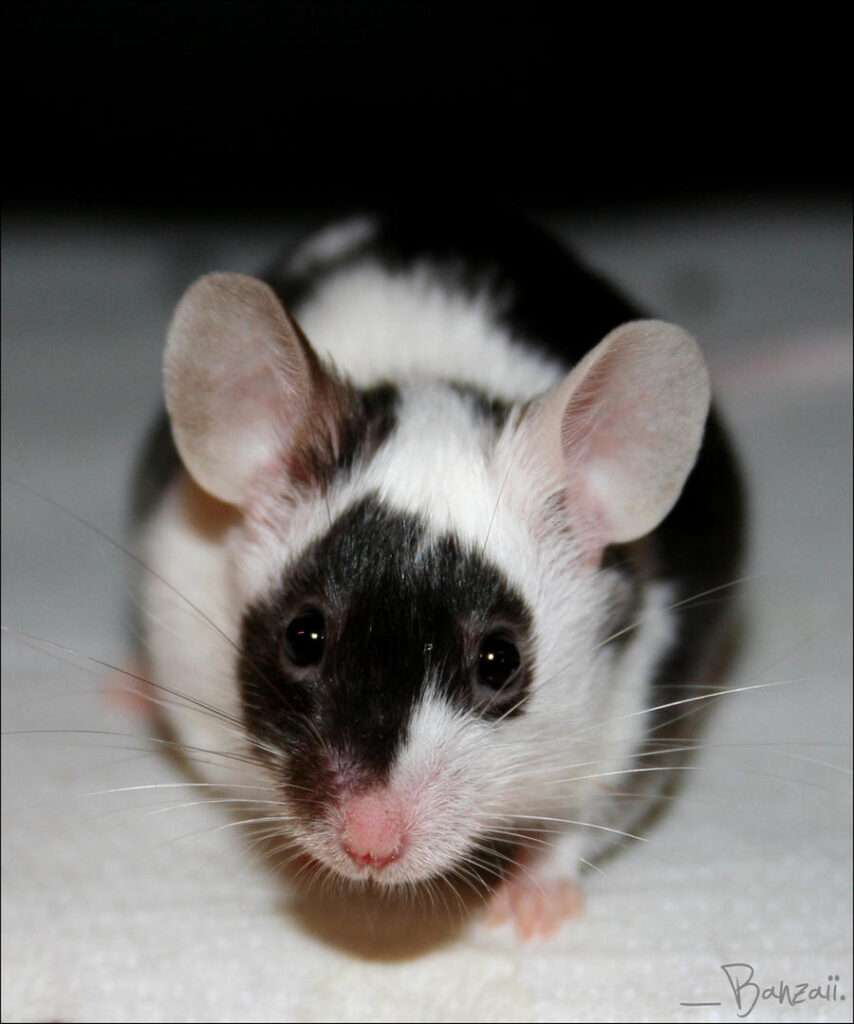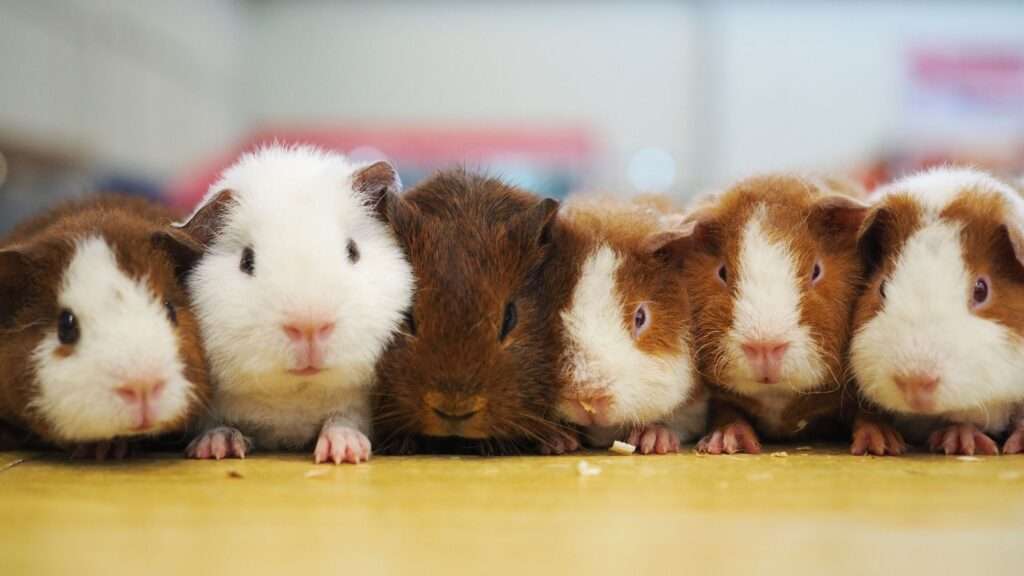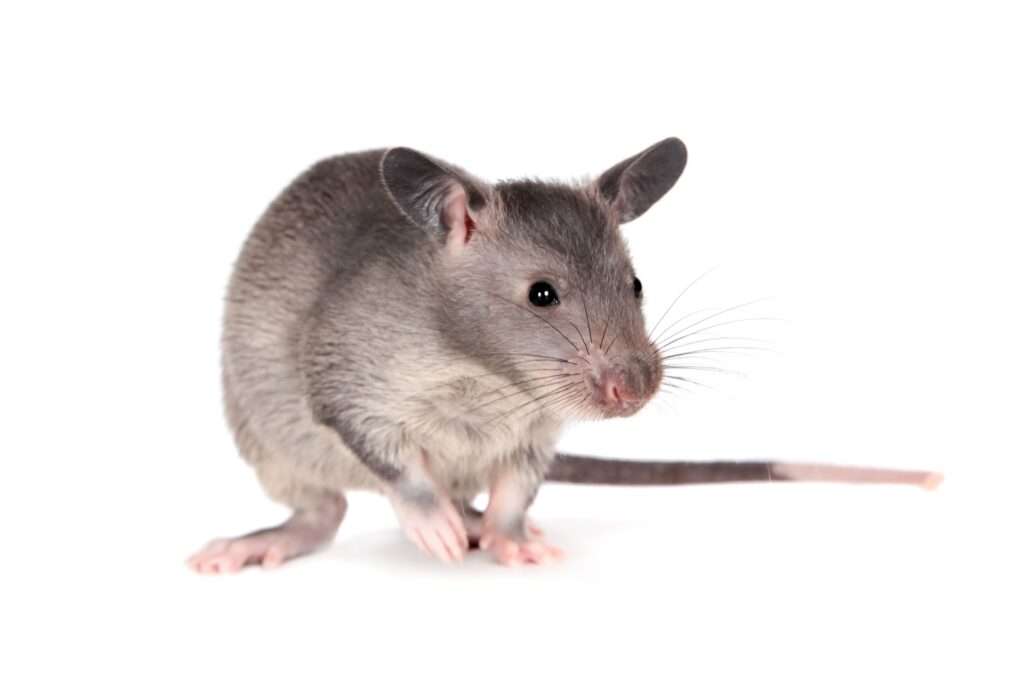
These pet mice are scientifically known as Mus musculus domesticus, sometimes known as “fancy mice,” and may be identified from wild mice by their amazing diversity of colors, lustrous coats, larger bodies, and various eye colors. It is possible to find mice that are white, black, brown, brindle, spotted, gray, gold, roan, ginger, or even multi-tonal fancy mice with pink or black eyes. These mice typically weigh just 1-2 oz and can reach lengths of 5-7 inches from head to tail.
Life span: 1–2 years, but some can live up to 3 years.
As Pet/ In Captivity
Care
Although mice are little animals that must be handled carefully to avoid injury, they are nevertheless surprisingly tough and curious. Many enjoy running along their owners’ arms, inspecting pockets, or simply resting on their owners’ laps and grooming. Gentle caressing is also tolerated by certain mice. Because mice have weak eyesight, they may try to lean too far over an edge and fall. Small children, in particular, must be handled with caution because they can be extremely rough. Fancy mice rarely bite unless they are injured or terrified.

Pet Housing
It is critical to have a suitable container for your mouse. They will spend the most of their lives in their cage, so make sure it meets RSPCA requirements and is pleasant, secure, and safe. Mice do not require as much space as hamsters, but if you have more than one, you should increase the amount of space you have for their comfort and to avoid a severe psychological disease known as cage anger. When selecting a cage, avoid companies with a lot of tubes, small areas, or a low height. Many of these cages are significantly too small and fall far short of animal care standards.
Eating Habits
Fancy mice may eat everything from properly made feed mix to kitchen garbage. Lettuce, Carrots, spinach, and other vegetables are popular with mice, but they should be provided in moderation because they can cause life-threatening dehydration and diarrhea. Bread crumbs, wheat, and rice can also be beneficial to mice. Laboratories that use mice as experimental subjects generally routinely use a product called lab block, a scientifically prepared blend specifically designed for mice in laboratories. Mice can also consume clean eggshell, oats, oily seeds, stale bread, and breakfast cereal to retain variation in their meals. Fruits and vegetables are essential components of a more natural and balanced diet. Some owners reward them with it when they perform a trick.
Pricing/Purchase
Expect to spend between $5 and $10 on average, though this can vary depending on things like the age of the animal. Mice are one of the most affordable pets, with prices ranging from $5 to $10. They are available at the majority of pet retailers. Look for a pet retailer or breeder that separates men and females from the start.
Table





